DNVN - Circular economy is not just an option, but an inevitable trend for Vietnam's sustainable development in the future. However, to realize this, Vietnam needs to build a comprehensive and flexible policy system, while creating favorable conditions for businesses to access necessary resources.
Many challenges and limitations
Circular economy (CEE) is becoming an inevitable trend in the context of increasing globalization and climate change. This is an economic model based on the principle of "the output of one product is the input of another product", creating a closed loop, helping to optimize the use of resources and minimize environmental pollution. However, the implementation of CEE in Vietnam still faces many challenges, requiring innovation in thinking and approach.
At the forum "Implementing circular economy in Vietnam under new conditions" on September 25 in Hanoi, Associate Professor, Dr. Nguyen Duc Minh - Vice President of the Vietnam Academy of Social Sciences emphasized that circular economy is one of the important contents for Vietnam to implement green growth and sustainable development. The Party and the State have issued many policies to promote the transition to this model. Vietnam has many opportunities to implement circular economy. However, in reality, awareness of circular economy is still limited, from management level to businesses and people.
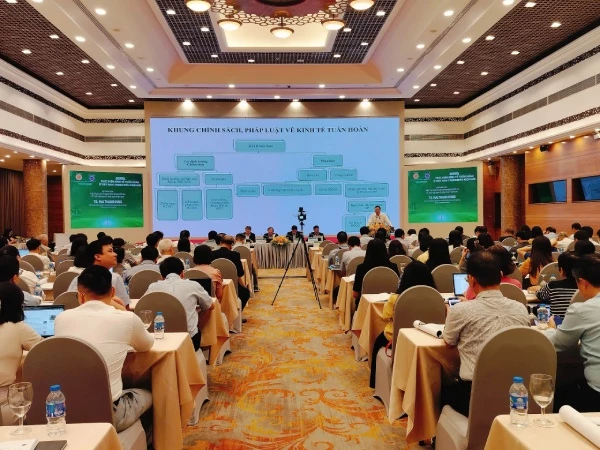
Experts present the current situation and propose solutions to develop a circular economy.
Pointing out the difficulties and challenges in implementing circular economy in Vietnam, Senior Lieutenant General, Associate Professor, Dr. Nguyen Van Thanh - Vice Chairman of the Central Theoretical Council said that awareness of circular economy is still limited. Awareness of farmers, enterprises, cooperatives, and consumers about circular economy is not complete, there is a lack of awareness and understanding of circular economy at the management, production and consumption levels.
Meanwhile, systemic thinking in planning, policy and law management and production and business practices is not yet synchronous and effective. The legal system on circular economy is still scattered. Specific and experimental policy mechanisms for circular economy development have not been issued.
"There are still many difficulties in accessing financial resources for the development of circular economy. Investment in R&D and science and technology activities for the development of circular economy is still limited, and there is no connection between research organizations and businesses," Senior Lieutenant General Nguyen Van Thanh stated.
Investing in green industries/fields and circular economy often requires a long payback period and high investment costs. Promoting green economy, circular economy and green credit will cause credit institutions to incur costs to invest in building appropriate management systems and improving professional capacity for bank staff...
Dr. Tran Thi Hong Minh - Director of the Central Institute for Economic Management (CIEM) pointed out that the policy system for developing the circular economy is not complete enough. Enterprises, especially small and medium enterprises, face many difficulties in accessing knowledge, technology and finance to convert to the circular economy. The legal system on the circular economy is still scattered, lacking synchronization between economic and environmental sectors.
Facilitate businesses to access necessary resources
At the event, speakers shared the view that circular economy is not just an option, but an inevitable trend for Vietnam’s sustainable development in the future. However, to realize this, Vietnam needs to build a comprehensive and flexible policy system, while creating favorable conditions for businesses to access necessary resources.
One of the important solutions proposed by Dr. Tran Thi Hong Minh is to build a testing mechanism for circular economy, starting with potential sectors such as agriculture , processing industry, energy and construction materials. Testing policies in industrial parks and economic zones can also create momentum for innovation and improve labor productivity.

It is necessary to facilitate businesses' access to the resources needed to implement a circular economy.
Dr. Can Van Luc - Chief Economist of BIDV said that it is necessary to mobilize maximum resources to develop the circular economy, including finance, human resources and material resources. Synchronizing fiscal policies, taxes, fees and financial support is an important solution to promote the green economy and circular economy. At the same time, it is necessary to invest heavily in "green" infrastructure such as renewable energy and advanced technology to minimize environmental impacts.
In addition, coordination among stakeholders, from government, businesses to research institutions and communities, is an important factor in creating an effective circular economy ecosystem.
According to Dr. Nguyen Huu Xuyen - Deputy Director of the Institute of Strategy and Policy on Science and Technology, encouraging the application of science and technology and innovation is the key to transforming from a traditional economic model to a circular economy. In particular, developing organic and high-tech agriculture is a suitable direction, helping to reduce greenhouse gas emissions and save resources.
With the coordination between the Government, businesses and the community, circular economy can become a driving force for green growth and sustainable development, taking Vietnam further in its journey of international integration and combating climate change.
Moonlight
Source: https://doanhnghiepvn.vn/kinh-te/chinh-sach/phat-trien-kinh-te-tuan-hoan-viet-nam-can-xay-dung-he-thong-chinh-sach-toan-dien-linh-hoat/20240925112717531


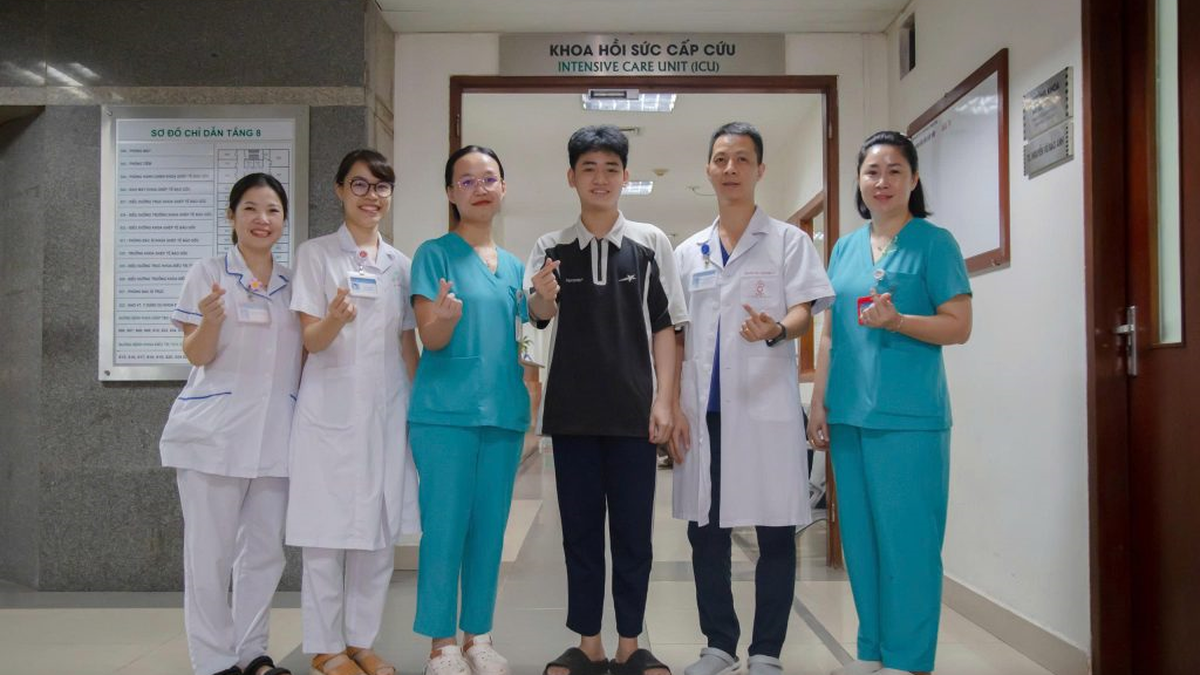

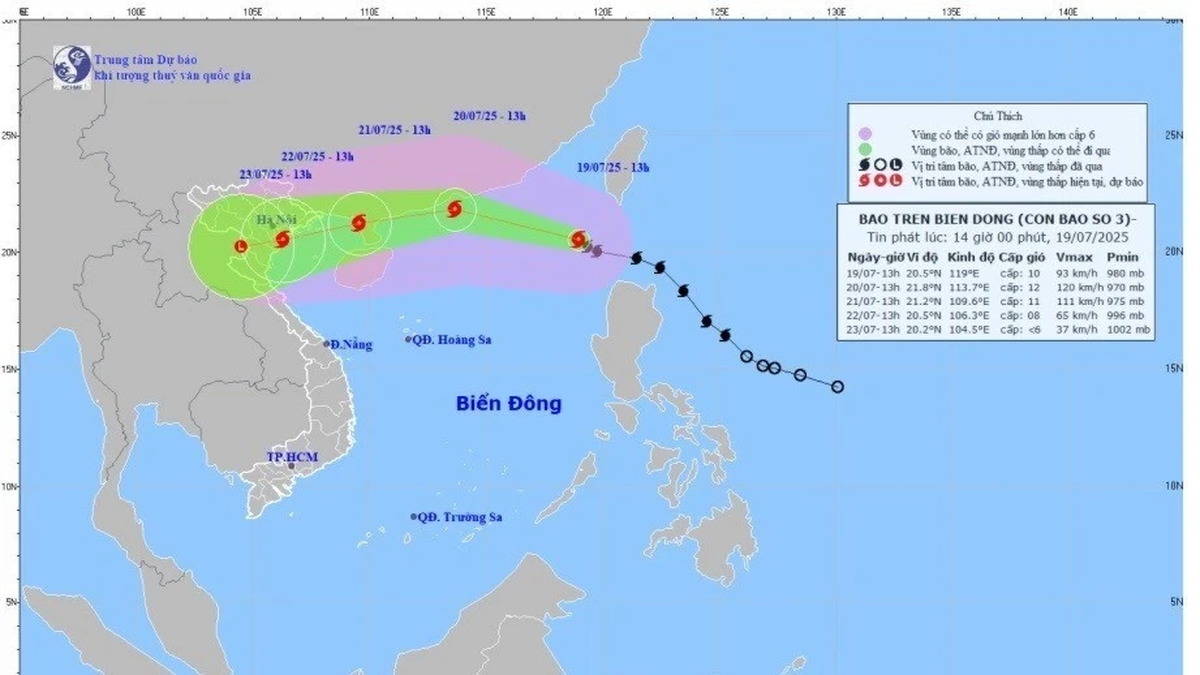

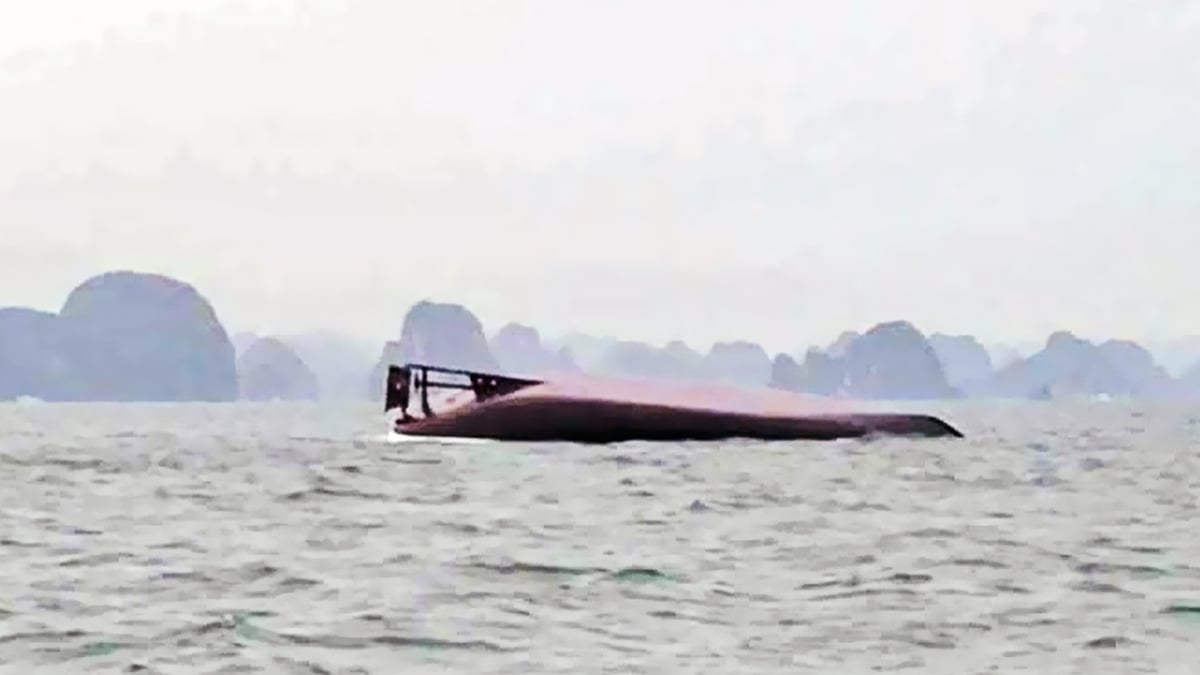

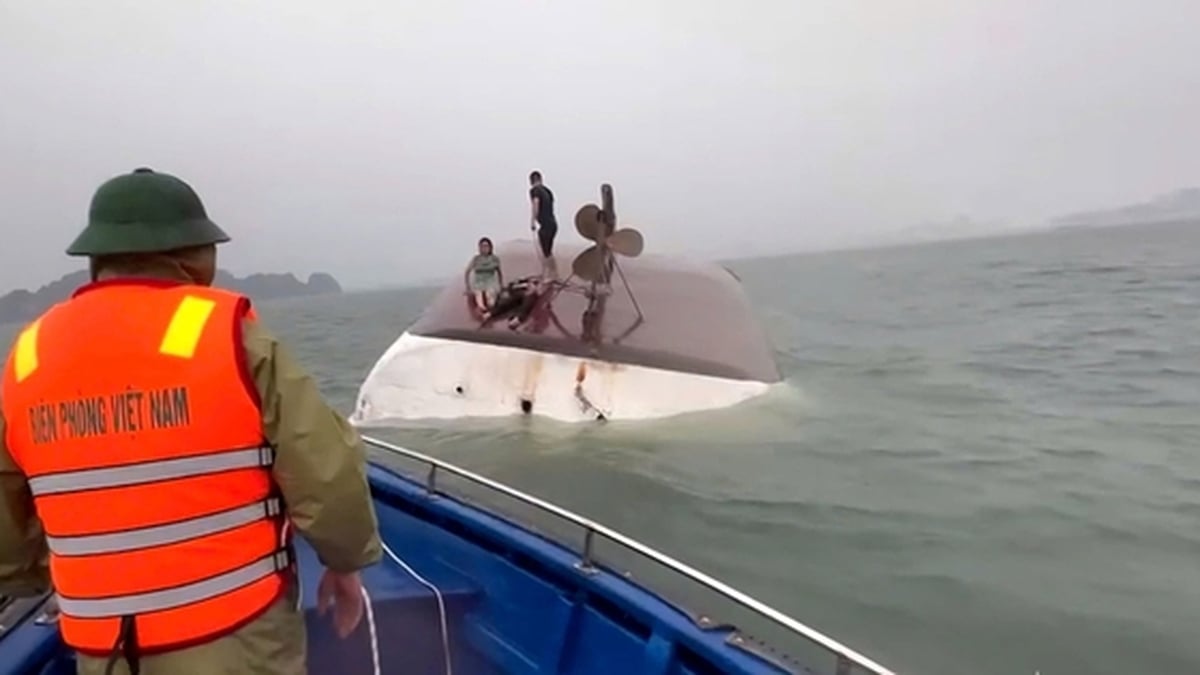
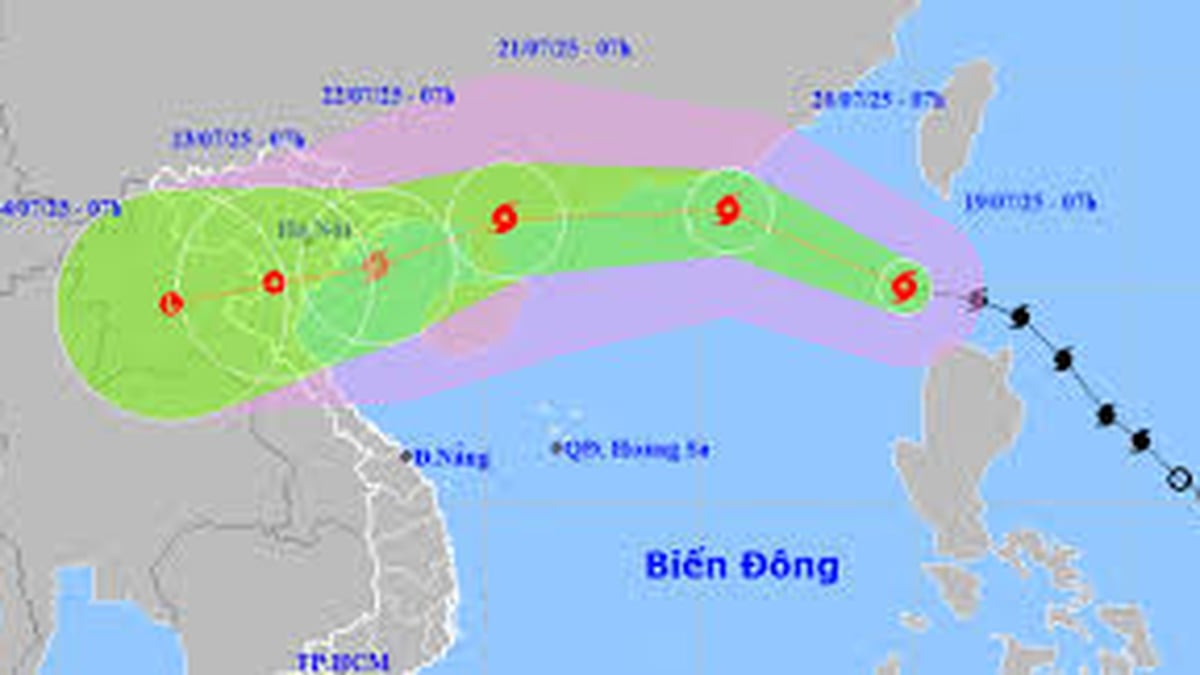
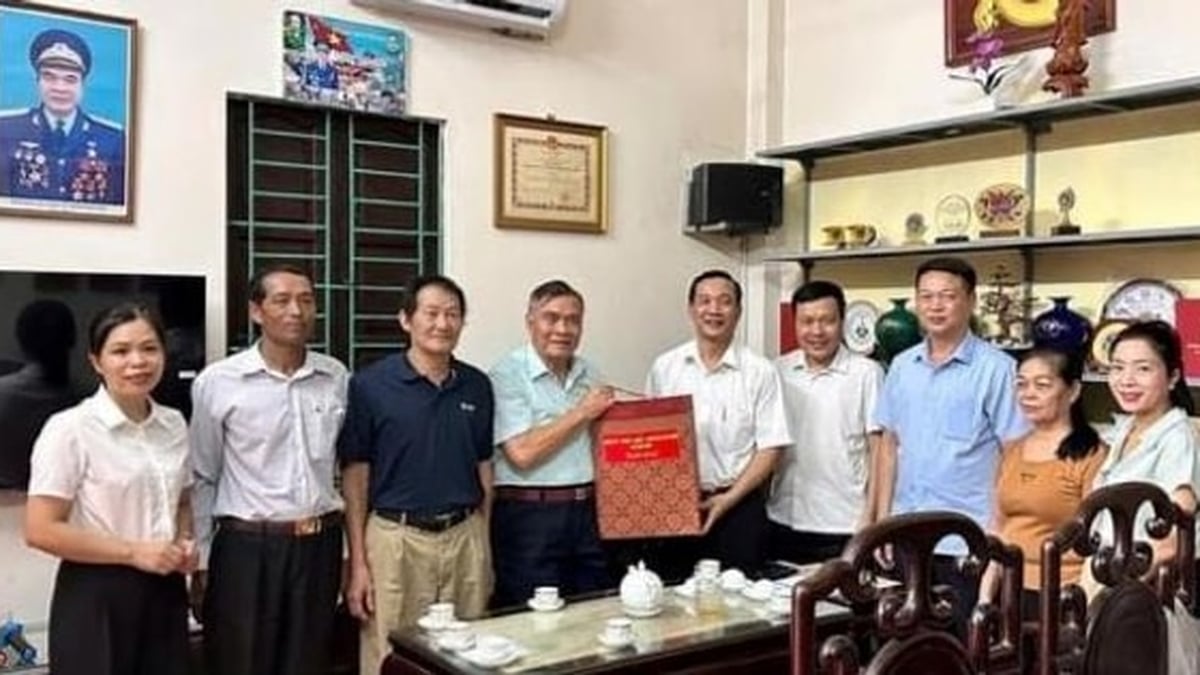
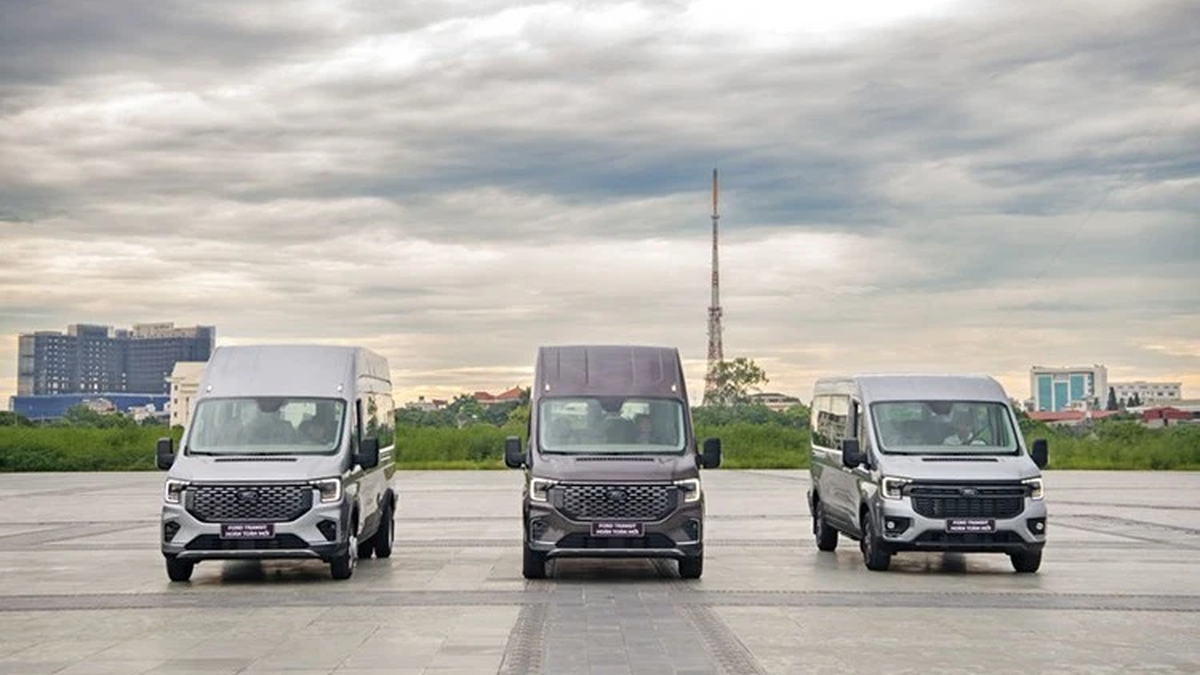























































































Comment (0)